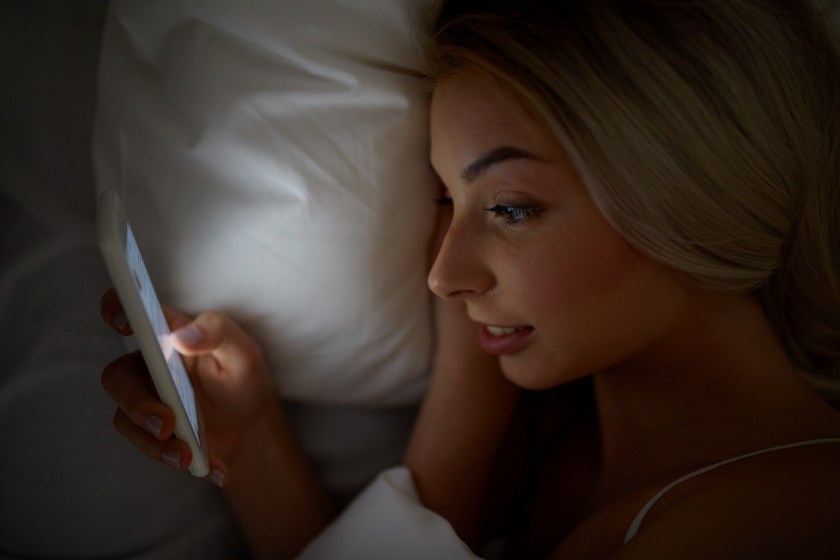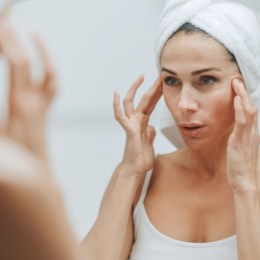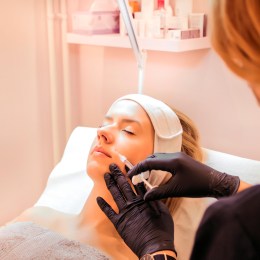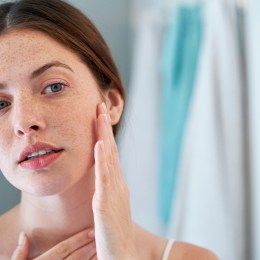Pene Timberlake has been in the cosmetic industry for over 17 years as a nurse injector, clinic manager, clinical trainer, educational manager and consultant. When she’s not busy working as Candela’s ANZ medical education manager, she consults on best practice and aesthetic innovation under the banner ‘Grounded Aesthetic’.
One of her most recent topics is the need for clinics and aesthetic practitioners to have an after-hours contact available to patients who have undergone procedures. Pene isn’t the first practitioner we’ve seen recently voicing the need for this resource (including Jade Cosmetic Clinic in Cairns), so we asked her to delve further into her thoughts on best practice when it comes to after-hours patient care.
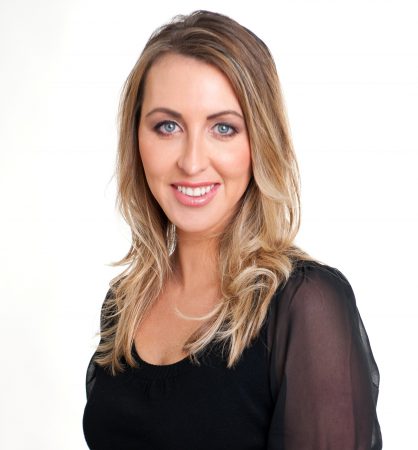
Why should practitioners have an after-hours contact?
Risk is always a consideration when undergoing cosmetic procedures. Some cosmetic procedures carry small and expected risks or side effects, varying from mild transient bruising, swelling and tenderness through to unexpected rare side effects such as infection, vascular occlusion (blocking of a blood vessel) or even blindness and permanent scarring. Patients are consented prior to their procedure for all associated risk and realistic expectations are set in regard to the likelihood of expected and unexpected side effects. The after-hours contact policy is specifically set up with unexpected side effects in mind.
How does the system operate?
Patients are given an aftercare pamphlet to take home, which as well as discussing the correct way to care for the treated area also lists both expected and unexpected side effects and how to identify these. If a patient feels that they are experiencing an unexpected side effect, then a number is listed for them to message/call to speak with a trained practitioner. We also recommend patients send through a photograph of the area of concern for assessment as well.
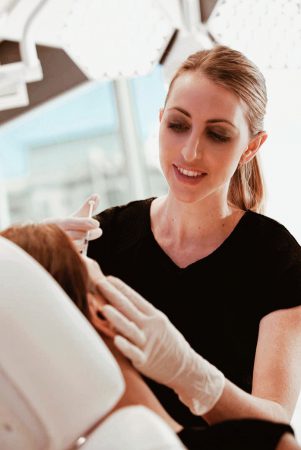
When and why did you first establish this type of system yourself?
We had an after-hours system set up in London (2004) as part of our surgical procedure aftercare process, so extending this process to include our non-surgical patients for higher risk non-surgical procedures under the banner of injectables and laser treatments became an obvious extension. I have continued to incorporate an after-hours protocol and have recommended it to other practitioners for both surgical and non-surgical cosmetic procedures ever since.
How often is it utilised by clients? In general, what are their concerns?
Very rarely. If the expectations are clearly covered off prior to treatment and instructions for aftercare are given, in my experience it is uncommon for patients to call unnecessarily. The main concerns generally relate to larger areas of bruising and asymmetrical or uncomfortable swelling. However, I do have colleagues who have been able to successfully identify signs of ‘possible’ vascular occlusion utilising an after-hours protocol with the help of photographs sent through from their patients.
Would you recommend it to others?
Absolutely, as practitioners we have a bound duty of care to our patients. This duty of care does not stop outside the hours of 9-5 Monday to Friday. Identifying and then initiating treatment to resolve a high-risk side effect in the early stages leads to a much better healing prognosis for our patients.

